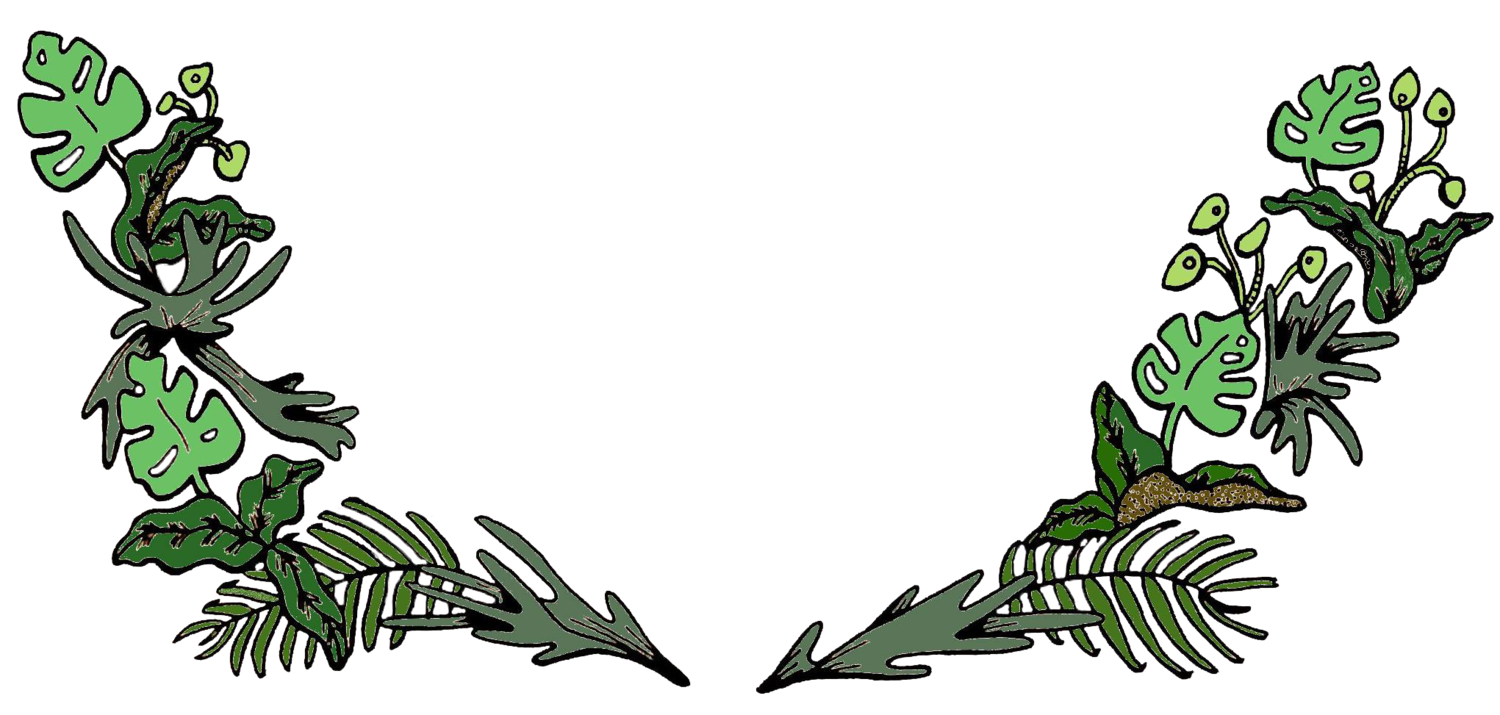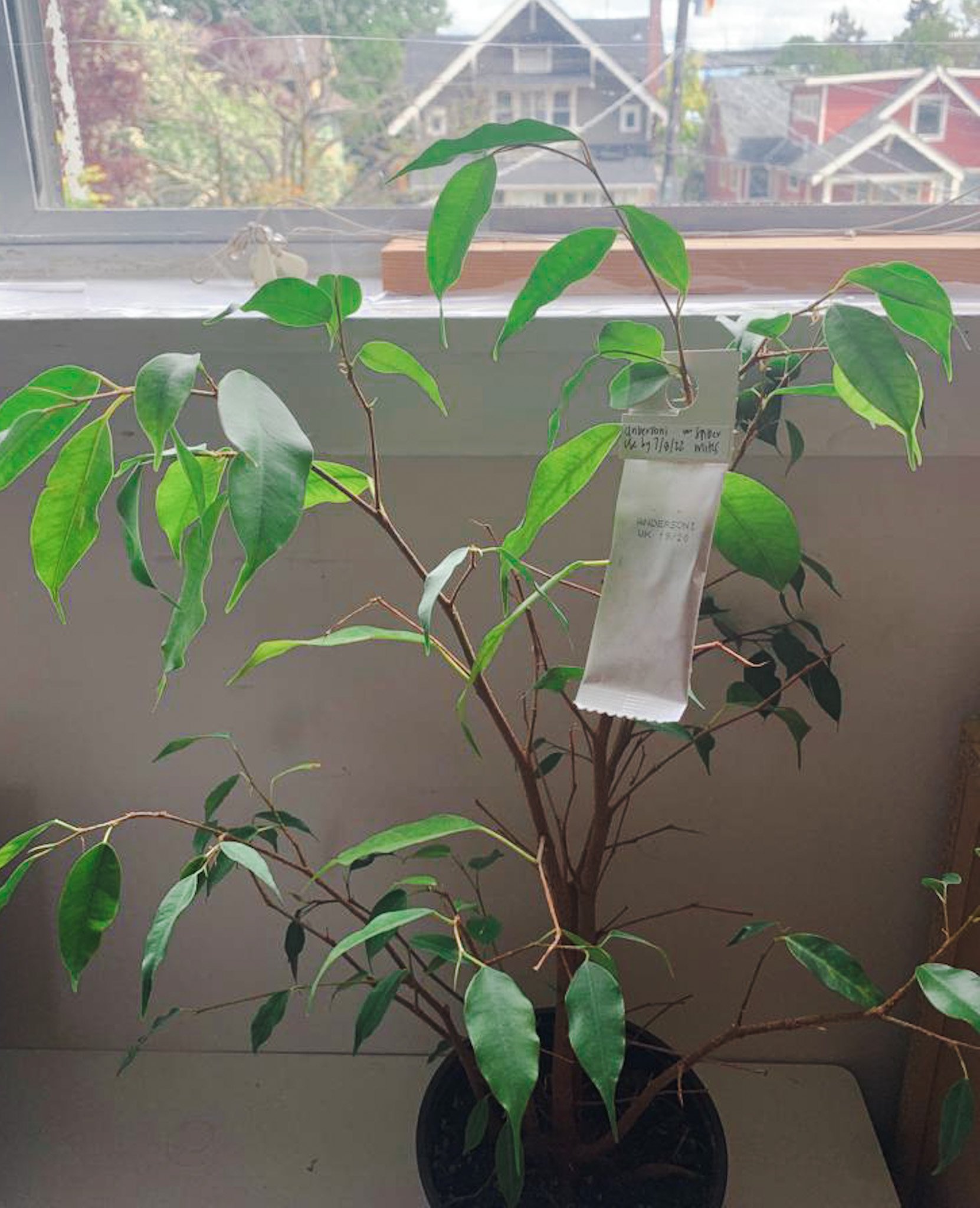Beneficial Insects
Beneficial insects are an important part of an integrated pest management system. IPM is a process you can use to solve pest problems while minimizing risks to people and the environment. IPM programs combine management approaches for greater effectiveness: Biological Control, Cultural Controls,
Mechanical and Physical Controls, then moving to Chemical control as a last resort.
Biological control is the use of natural enemies—predators, parasites, pathogens, and competitors—to control pests and their damage. The following beneficial insects are available now at Urban Earth Nursery and will help eradicate common pests like aphids, spider mites, broad mites and thrips.
Combat Thrips & Broad Mites with Cucumeris
Ambylseius cucumeris is a predatory mite that feeds on immature thrips, broad mites, russet mites, and spider mite eggs. Adults are pear-shaped, tan in color, and less than 0.5mm long. Cucumeris do not have wings and cannot travel very far. For best results hang the sachet from your plant. One sachet per plant should suffice. Each sachet should last 6-8 weeks and has 1,000 cucumeris.
>> ORDER CUCUMERIS
Defeat Spider Mites with Andersoni
A. andersoni is a predatory mite that can be used to control a range of mite pests. Their polyphagous nature allows them to feed on many arthropods, including spider mites, broad mites, as well as pollen in the absence of an adequate pest food source. An adult is beige and less than 1 mm long. Another predatory mite without wings. Hang one sachet per plant. Sachet should last 6-8 weeks and has 250 per sachet.
>> ORDER ANDERSONI
Abolish Aphids with Aphidious
Aphidius species are a group of native parasitic wasps, frequently found parasitizing aphids in greenhouses and outdoor crops. Adults are tiny, dark colored, non-stinging wasps, up to 1/8 inch long. Larvae develop entirely inside host aphids, which eventually become rigid mummies when the larvae pupate. Aphidius matricariae is an outstanding searcher, and can locate new aphid colonies even when aphid populations are low. Simply open the blister pack near your infested plant and they will begin to hunt. There are 100 per blister.
>> ORDER APHIDIOUS
Sachets Hooks: Hang from foliage near pest infestation, preferably one sachet per plant. Use caution, especially in hanging basket applications, to ensure that sachets never touch the soil as the material on the outside of the sachet can wick moisture, potentially drowning your beneficials.
Blister Packs: Look at the back of the pack, and note that you must push in a little tab to open the blister so that the insects can find their way out. Hang blister packs from the foliage close to the infected areas and out of direct sunlight. Ensure to the best of your ability that the blister packs are not getting too hot.

